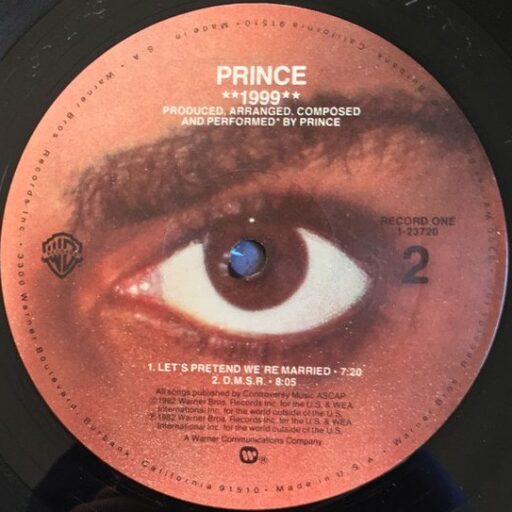Tag: 2010
-
Purple Music (Welcome 2 the Freedom Galaxy)
“Purple Music” feels like the private tinkering of an unhinged genius: a funky Aleister Crowley drawing ritual circles in his suburban Boleskine House; a post-disco Dr. Frankenstein cackling over his Tesla coil-powered drum machine.
-
Delirious
“Delirious” is arguably the pinnacle of Prince’s brief, but intense infatuation with 1950s rock ‘n’ roll.
-
Podcast: Prince (1979) Revisited
October 19, 2018 marks the 39th anniversary of Prince’s self-titled second album–not the most glamorous occasion, perhaps, but reason enough to reassemble the review panel from our For You podcast for a reappraisal. Once again, Zach is joined by Harold and KaNisa for a track-by-track discussion of this underappreciated album, its resonances throughout Prince’s career, and why it still…
-
Cool
The mental image evoked by “Cool” was inseparable from the literal image being created around Morris Day and the Time.
